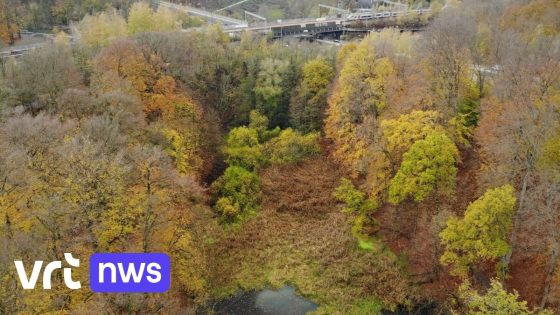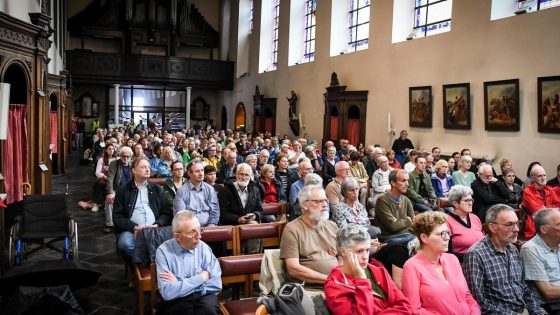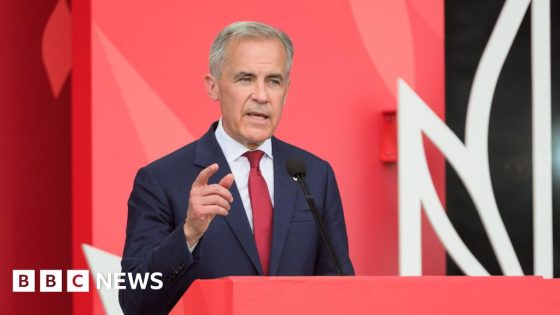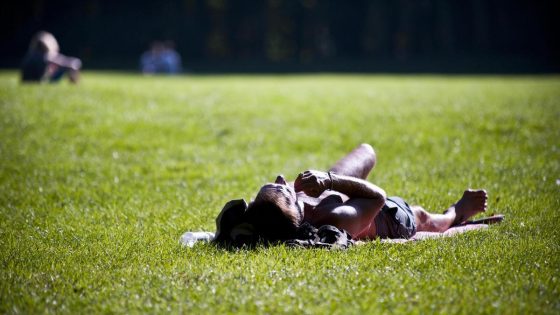The Belgian environment is set to benefit from a new water purification project at the Groenendaal ponds. The Agentschap Natuur en Bos is installing a water treatment system to cleanse polluted rainwater from the Brussels Ring and nearby railway lines. This initiative, announced on 2025-07-25 10:09:00, aims to protect local waterways by filtering harmful substances before they reach the IJse River.
- Agentschap Natuur en Bos plant waterzuivering
- Waterzuiveringsinstallatie komt bij vijvers Groenendaal
- Zuivert vervuild regenwater van Brusselse Ring
- Verwijdert zouten, oliën en rubberresten
- Beschermt waterkwaliteit van rivier de IJse
- Patrick Huvenne licht installatie toe
Pollutants like salts, oils, and rubber residues wash off the busy highway into surrounding water bodies, causing concern among local authorities. How serious is this contamination, and can the new installation effectively tackle these pollutants? These questions highlight the importance of the project for the Brussels region and beyond.
With environmental awareness growing in Belgium, this water purification effort at Groenendaal sets an example for sustainable urban water management. The next section provides a quick summary of the project’s local impact.
Why does this matter for Belgian residents and nature lovers? The project addresses a common urban pollution challenge by:
- Removing hazardous substances such as salts, oils, and rubber particles from highway runoff
- Preventing further degradation of the IJse River’s water quality
- Demonstrating proactive environmental stewardship in a densely populated region
- Potentially inspiring similar initiatives across Belgium’s urban areas
As the installation progresses, Belgian authorities and communities should monitor its effectiveness closely. Could this be the first step toward cleaner waterways nationwide? Citizens are encouraged to support and advocate for further sustainable water management solutions across the country.






























